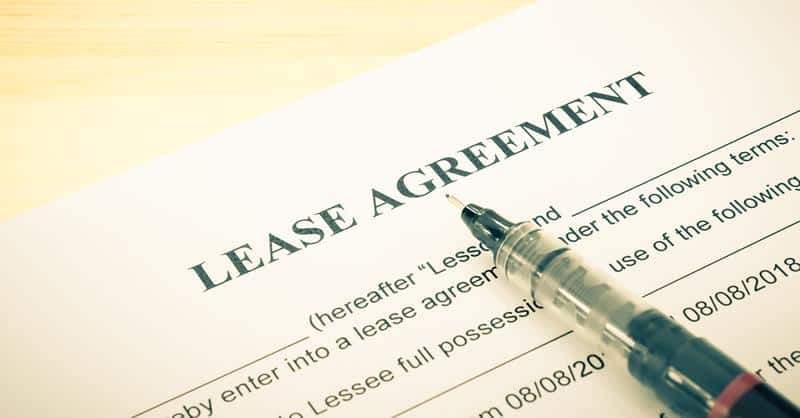Having the best lasers to perform the procedures your clients want can make the difference between a profitable and successful med spa and one that barely breaks even or—worse yet—loses money. But it can be expensive to buy all the equipment up front, and it may not make sense to put operating capital into buying equipment while you’re faced with startup or ongoing operating expenses. Leasing your medical equipment can be the answer that helps you successfully manage your cash flow. Here are just some of the reasons leasing medical equipment may make sense for you.
Table of Contents
Client Demand
Many of your potential clients are looking for specific procedures, and they have done their research. You should assume that they know about the latest treatments and the benefits that reliable equipment will offer. Your clients want the best possible results for their hard-earned money. They will not be satisfied with equipment that they perceive as less effective.
If you are just starting out, you probably want to offer the most in-demand procedures to build your reputation and your clientele. Some clients choose the med spa they go to based on the equipment in use, so you should have the best models in your practice.
If you have been in business for a while, maintaining your reputation guarantees continued excellent results. If you find that you are losing clients who are asking for procedures you can’t provide, it’s time to upgrade your equipment.
Leasing will enable you to acquire new equipment and pay for it monthly rather than in a lump sum; making it easier to add the necessary aesthetic lasers and medical equipment without depleting your capital.
Available Capital
Leasing allows you to retain your capital for other operating expenses while still having the best possible equipment for your practice. You can treat the lease payments as operating expenses, helping to improve your cash flow.
Tax and Financial Reporting Benefits
Because you can treat lease payments as operating expenses, a lease can reduce your taxable revenue, helping to save you money on taxes. In addition, an operating lease doesn’t appear as a long-term liability on your balance sheet, so your overall liquidity and financial ratios will look better. This can help you if you need to apply for loans or if you decide to sell your practice in the future.
You may also treat the lease as a capital lease, allowing you to deduct depreciation. Either option will provide favorable tax advantages.
Your Personal Financial Profile
Everybody’s finances are different, and a lease may help you acquire the equipment you need even if you have past financial difficulties that preclude a conventional loan.
You may be able to structure the lease with no payments for 90 days or six months, helping you to get a new laser spa or medical practice off the ground. You can also use this option to offer new services in an established practice while you build demand. By the time you must start making payments, the procedure may be in enough demand to more than cover the payments.
Rent Versus Lease
Sometimes people think of renting and leasing as the same thing, but there are very important differences. With renting, you only have the equipment on the days or weeks that you pay for it, which can limit your scheduling flexibility. However, you do not have to worry about maintenance or storage of the equipment while it’s not in use. Renting may only be available for some types and models of equipment, or within certain geographic areas because of the need to deliver and set up the equipment on a daily or weekly basis.
With leasing, you own the equipment at the end of the term allowing you the opportunity to gain equity. You can also combine leases for multiple machines, so you have only a single monthly payment to consider. Additionally you can often structure the lease so you have use of the equipment for some period before payments begin. Best of all, leases are available in any region and on most equipment.
Making the Final Decision to Lease
Because leases can be flexible in many ways, it’s important to deal with a company with experience in leasing medical equipment. They understand your business and the ways that leases can be structured and will guide you to the best structure for your med spa practice. Most banks and general leasing companies don’t have this expertise, and may miss some of these nuances that make your business unique.
Lear more about the Advantages of Working with a Laser Company Which Produces Its Own Parts.
If you are interested in adding the latest medical equipment and lasers to your med spa practice, contact LSS today through our contact form or call us at (856) 853-7555. We’d love to discuss our flexible leasing options and deferred payment plans with you. Our specialists are ready to match you with the ideal laser for your growing practice.


